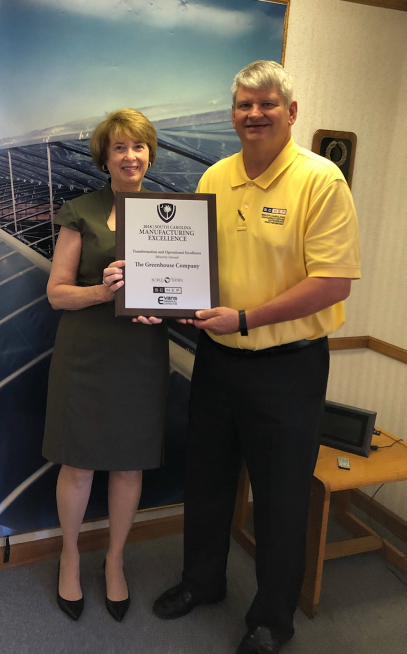On Monday, December 5, students at The Center in Irmo will begin selling poinsettias they planted and grew in an Instructor greenhouse provided by The Greenhouse Company.
Students in the Agricultural Education program at The Center work together to grow the plants. There are three pathways at The Center in the Agricultural Education program, BioSystems, Environmental and Natural Resources, and Vet Science.
All three pathways use the funds from the sale to support The Center’s FFA chapter and the activities the organization participates in throughout the year.

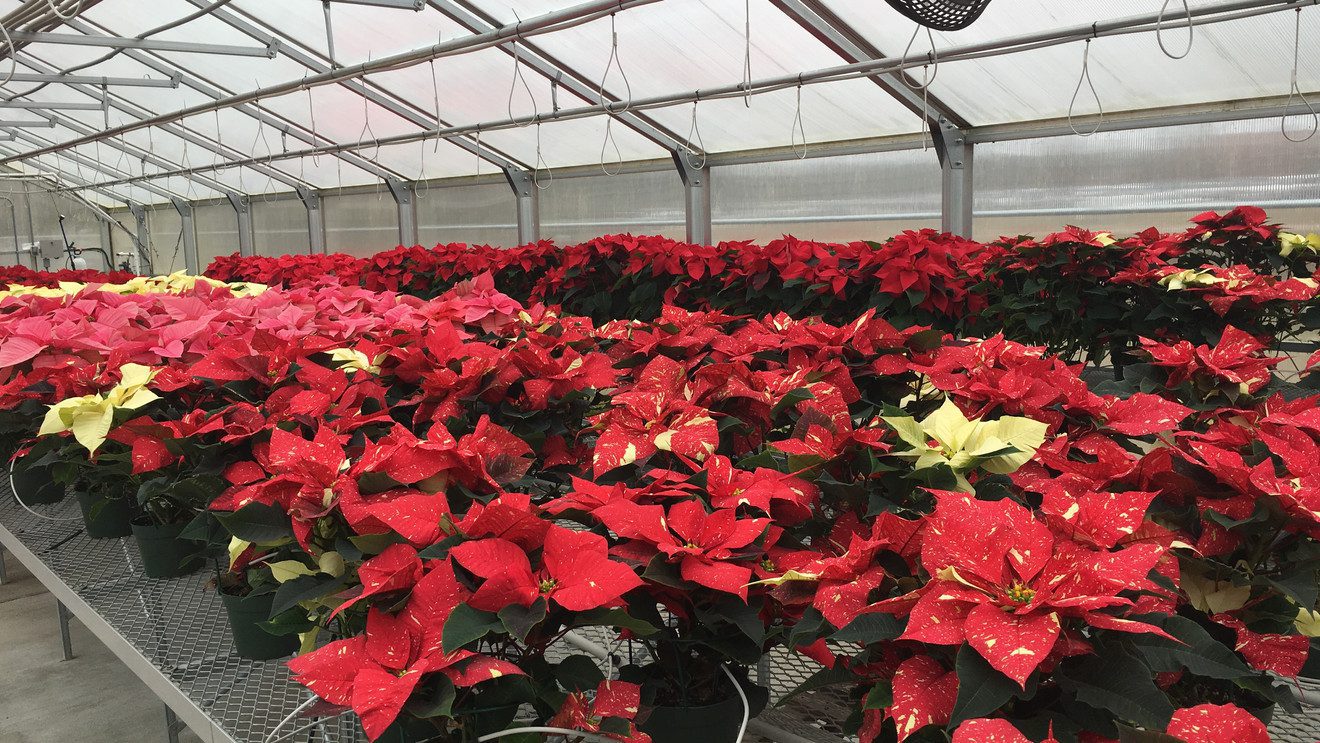
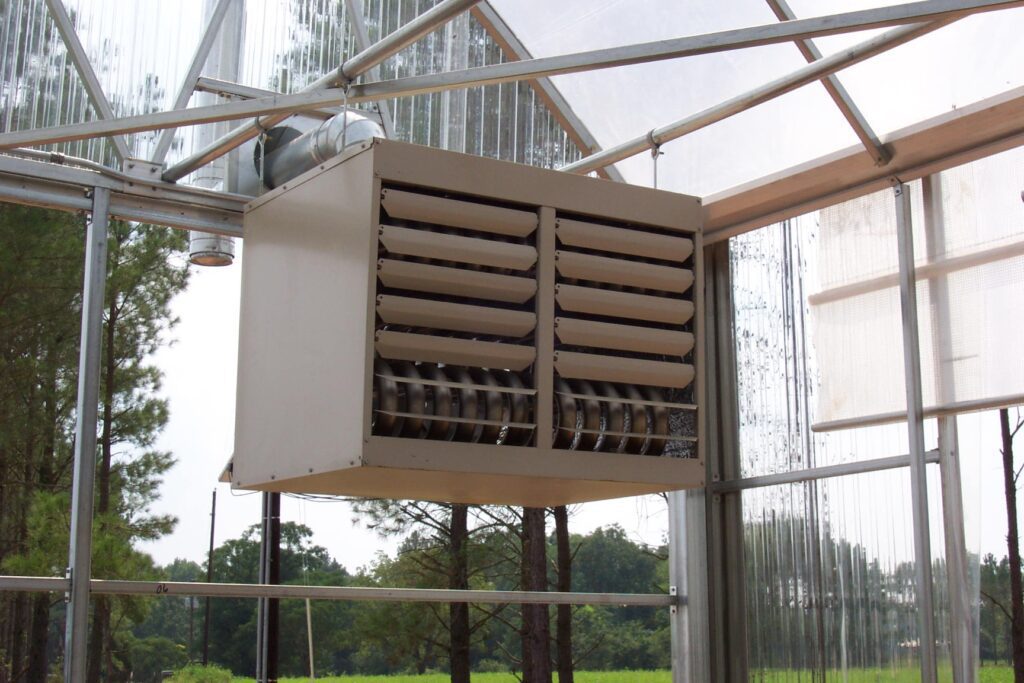
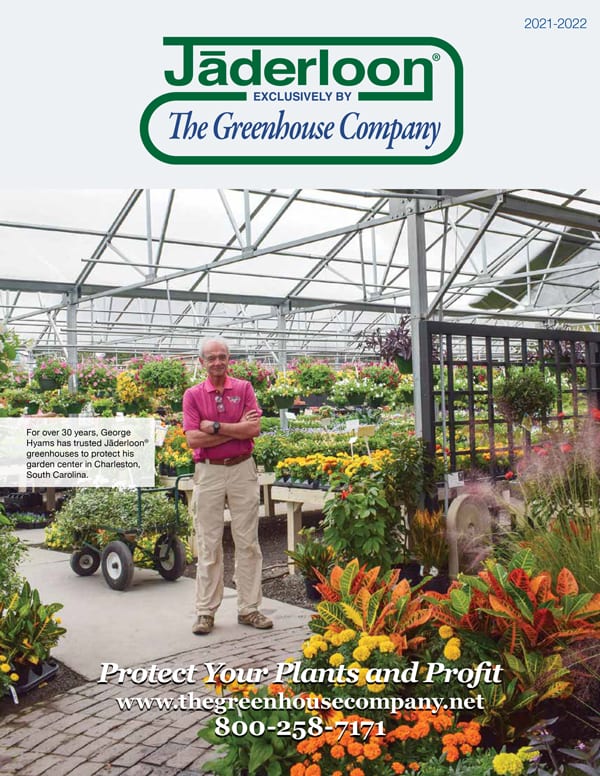


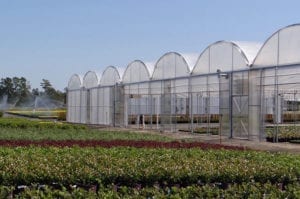


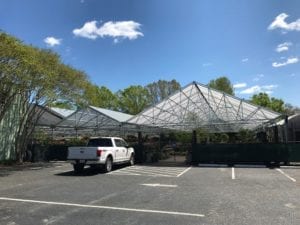
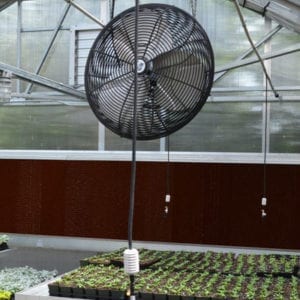
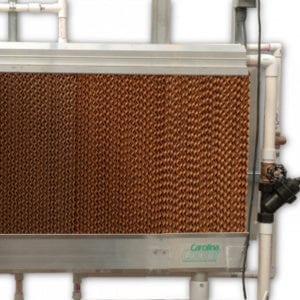
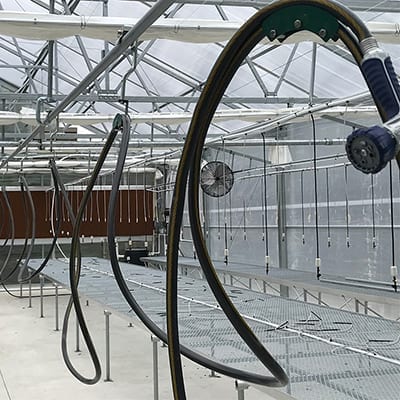
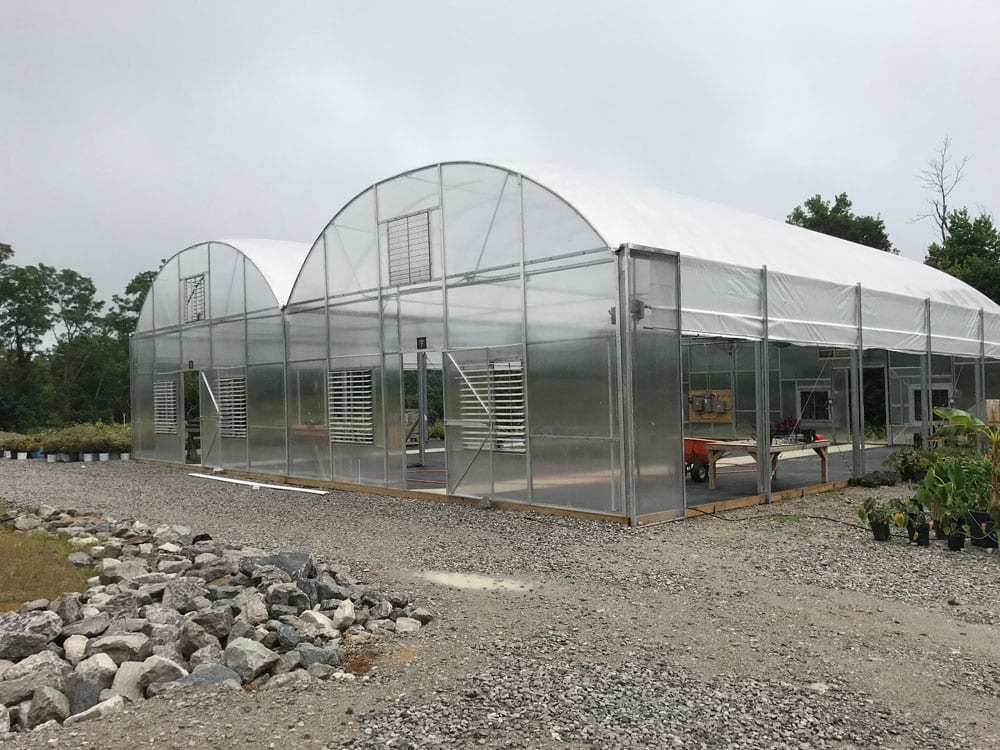
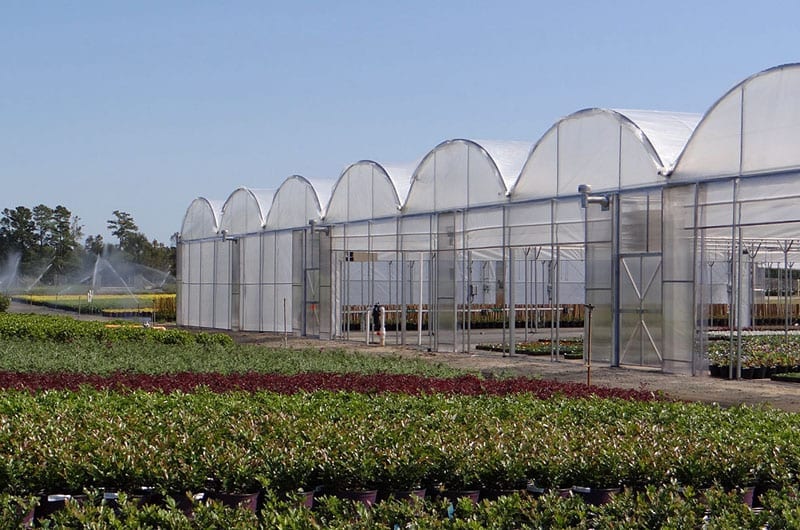
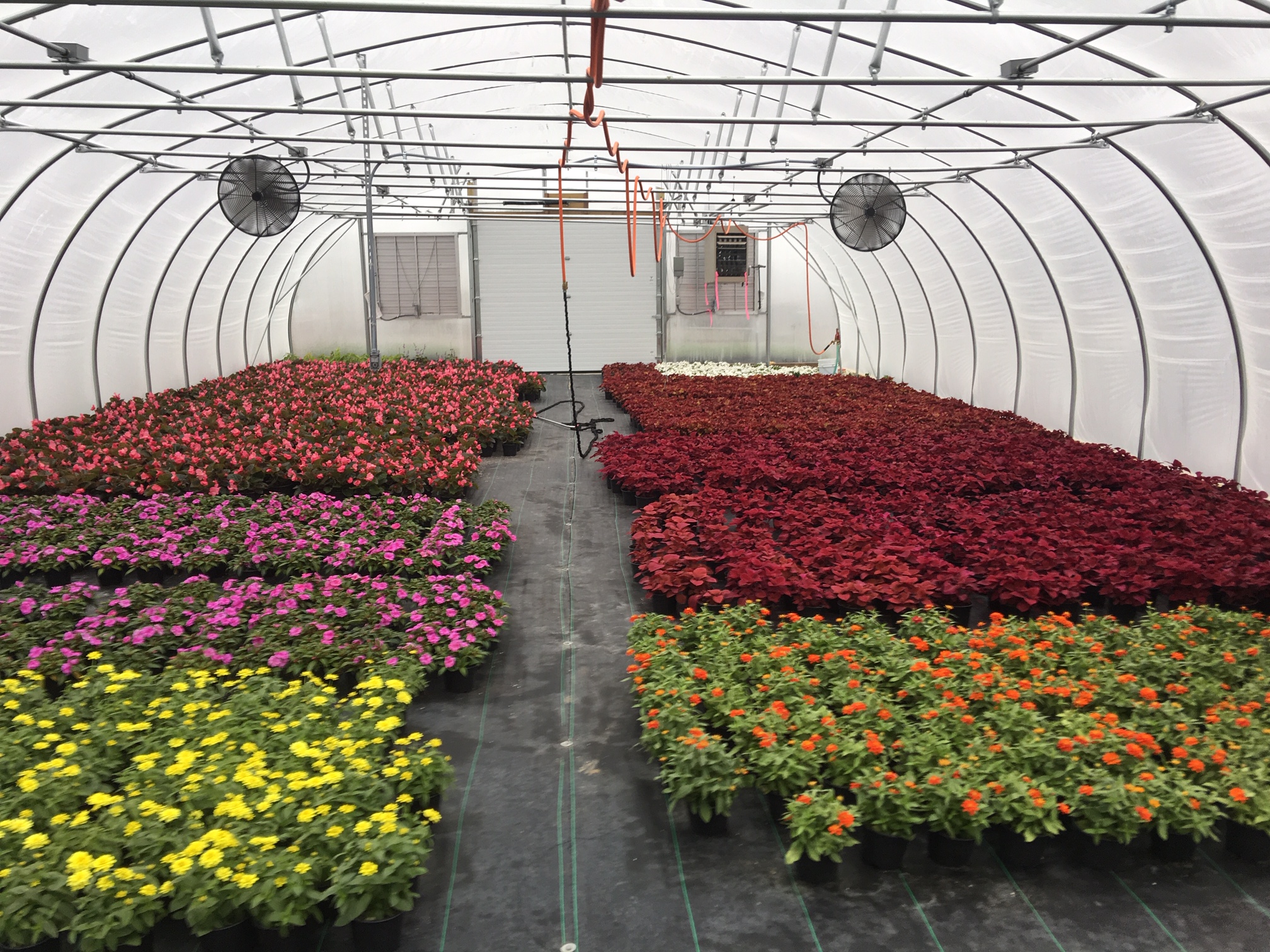 Over the last several years,
Over the last several years, 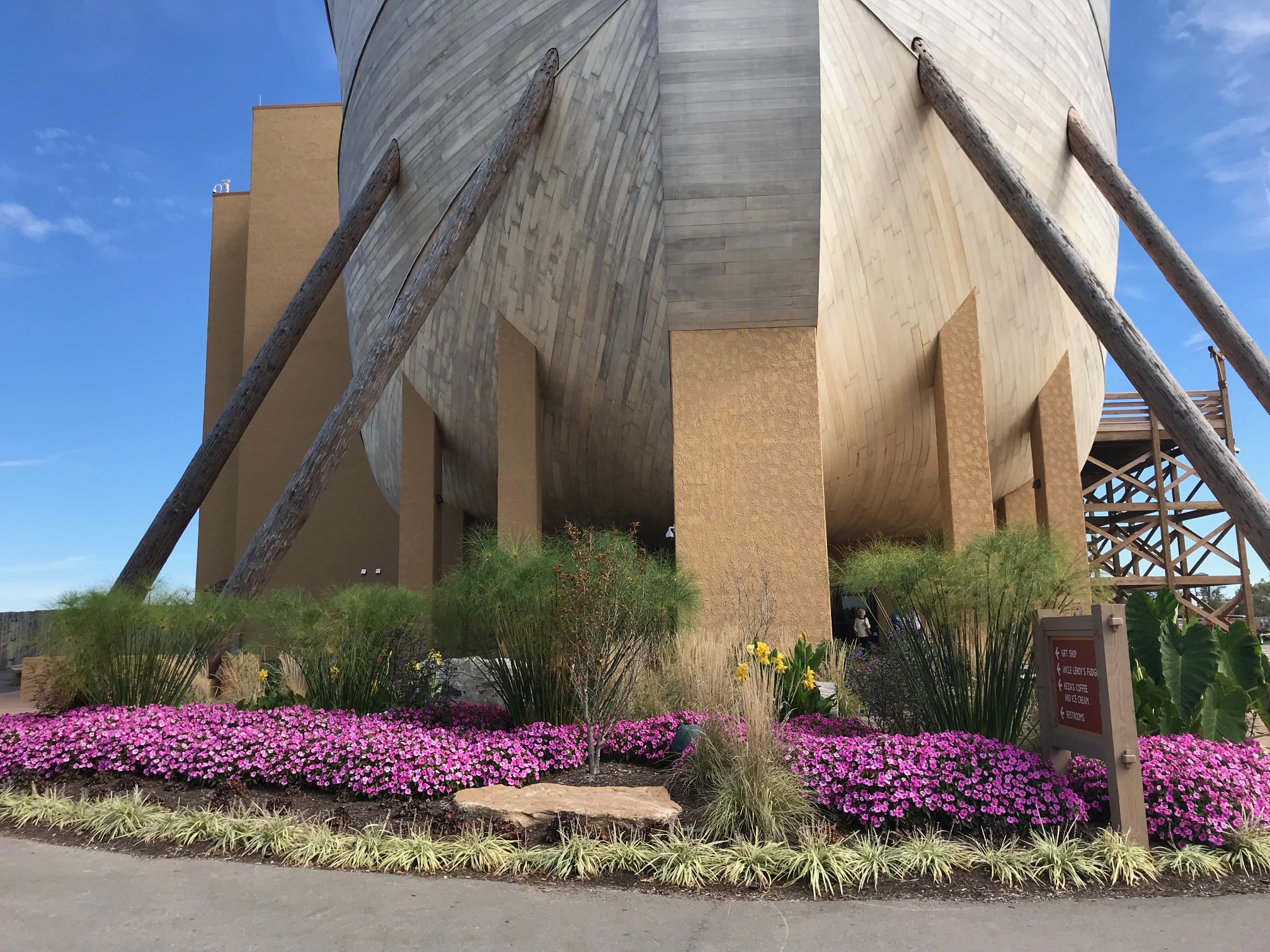
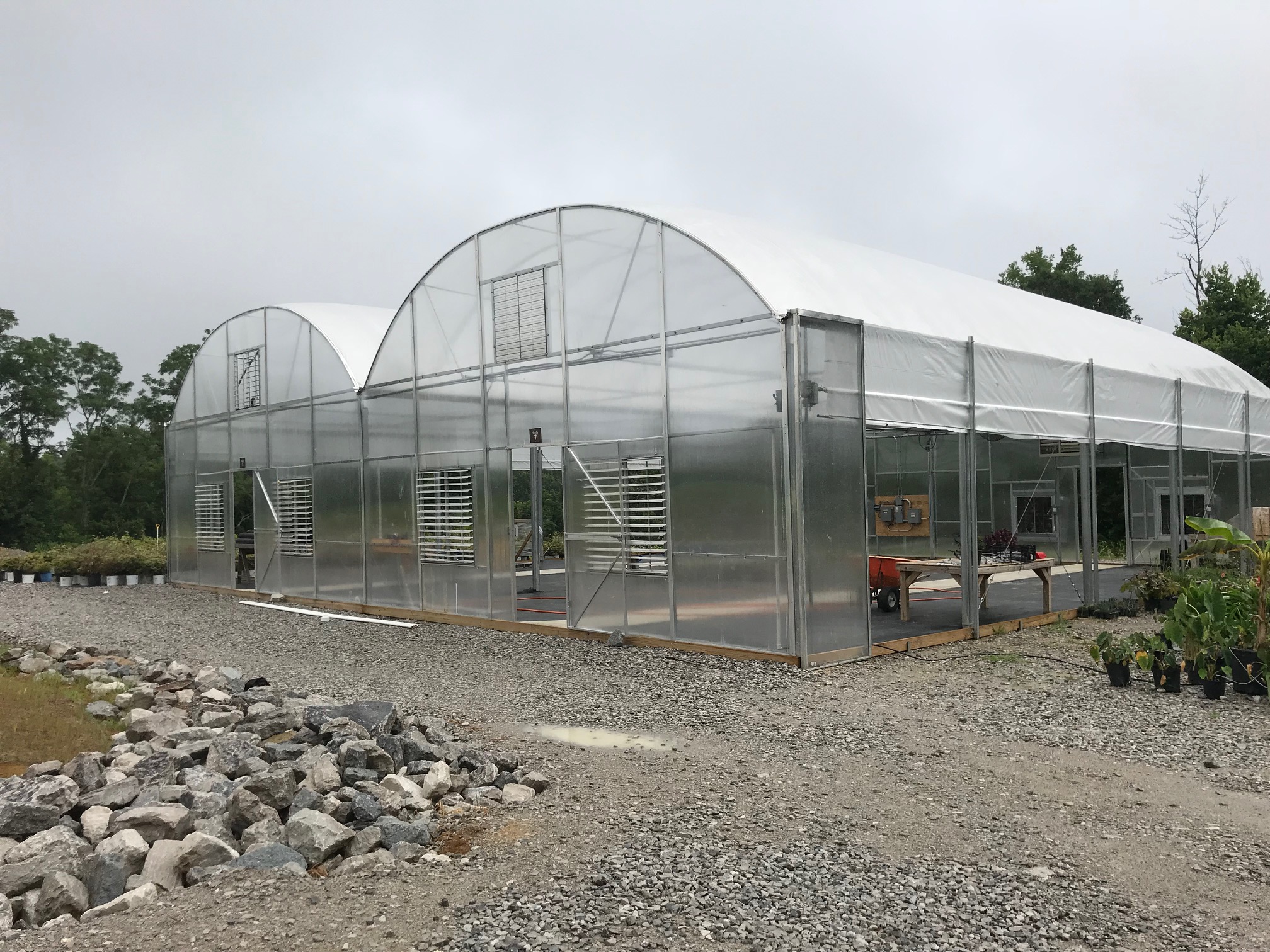
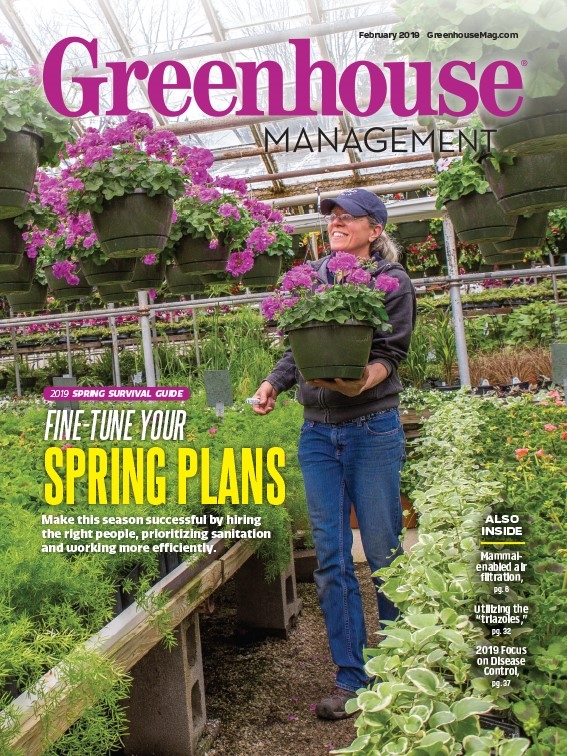 Walters Gardens’ trial manager discusses precautions the grower has taken, preparing for drastic temperature changes and how to prepare greenhouses for subzero temperatures.
Walters Gardens’ trial manager discusses precautions the grower has taken, preparing for drastic temperature changes and how to prepare greenhouses for subzero temperatures.  A University of South Carolina graduate, photographer, and skilled guitar player, Mark offers customers of The Greenhouse Company a wealth of knowledge in helping to design the best greenhouses tailored to their unique needs. He began in the industry in the early 1980’s and has experience in greenhouse manufacturing, shipping, and sales.
A University of South Carolina graduate, photographer, and skilled guitar player, Mark offers customers of The Greenhouse Company a wealth of knowledge in helping to design the best greenhouses tailored to their unique needs. He began in the industry in the early 1980’s and has experience in greenhouse manufacturing, shipping, and sales.